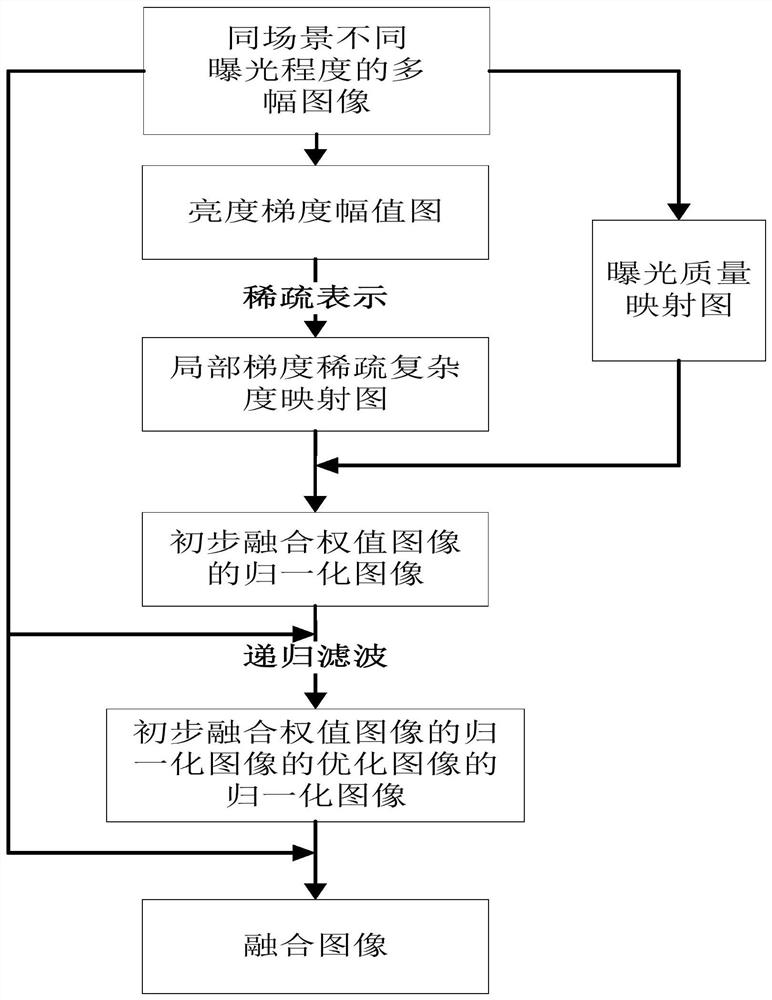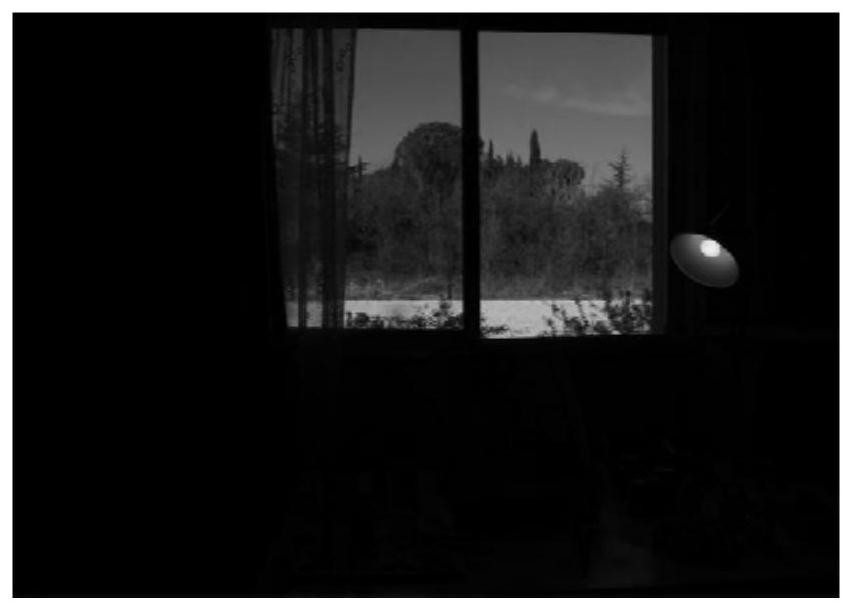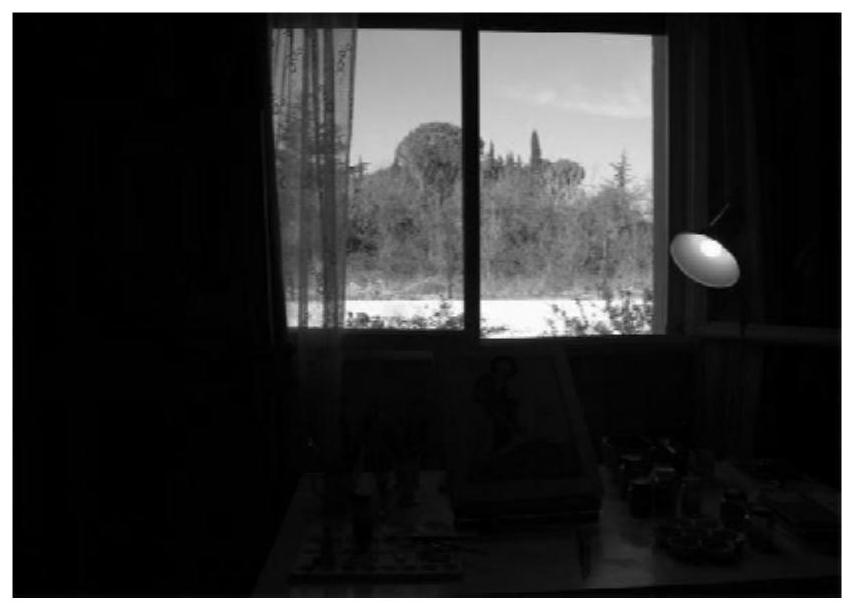A Multi-exposure Image Fusion Method for Halo Removal
An image fusion, multi-exposure technology, applied in the field of image processing, can solve the problem of halo phenomenon, halo phenomenon, affecting the visual perception results of human eyes, etc., to achieve rich texture details, high computing efficiency, and eliminate halo. effect of phenomenon
- Summary
- Abstract
- Description
- Claims
- Application Information
AI Technical Summary
Problems solved by technology
Method used
Image
Examples
Embodiment Construction
[0049] The present invention will be further described in detail below in conjunction with the accompanying drawings and embodiments.
[0050] Since there are drastic local brightness changes in high dynamic range scenes, which may far exceed the dynamic range covered by ordinary cameras, the multi-exposure image sequence obtained by gradually changing the exposure parameters will be in a region with severe local brightness changes under a certain exposure condition. There is a phenomenon that overexposure and underexposure are adjacent, and the gradient amplitude obtained at the adjacent boundary under this exposure condition is much larger than the gradient amplitude obtained at the same position under other exposure conditions. If the intensity of the gradient amplitude is used as the basis for image fusion, halo phenomenon will be generated in the invalid gradient neighborhood with large amplitude. Therefore, it can be considered that the large-value gradient is an invalid...
PUM
 Login to View More
Login to View More Abstract
Description
Claims
Application Information
 Login to View More
Login to View More - R&D
- Intellectual Property
- Life Sciences
- Materials
- Tech Scout
- Unparalleled Data Quality
- Higher Quality Content
- 60% Fewer Hallucinations
Browse by: Latest US Patents, China's latest patents, Technical Efficacy Thesaurus, Application Domain, Technology Topic, Popular Technical Reports.
© 2025 PatSnap. All rights reserved.Legal|Privacy policy|Modern Slavery Act Transparency Statement|Sitemap|About US| Contact US: help@patsnap.com



